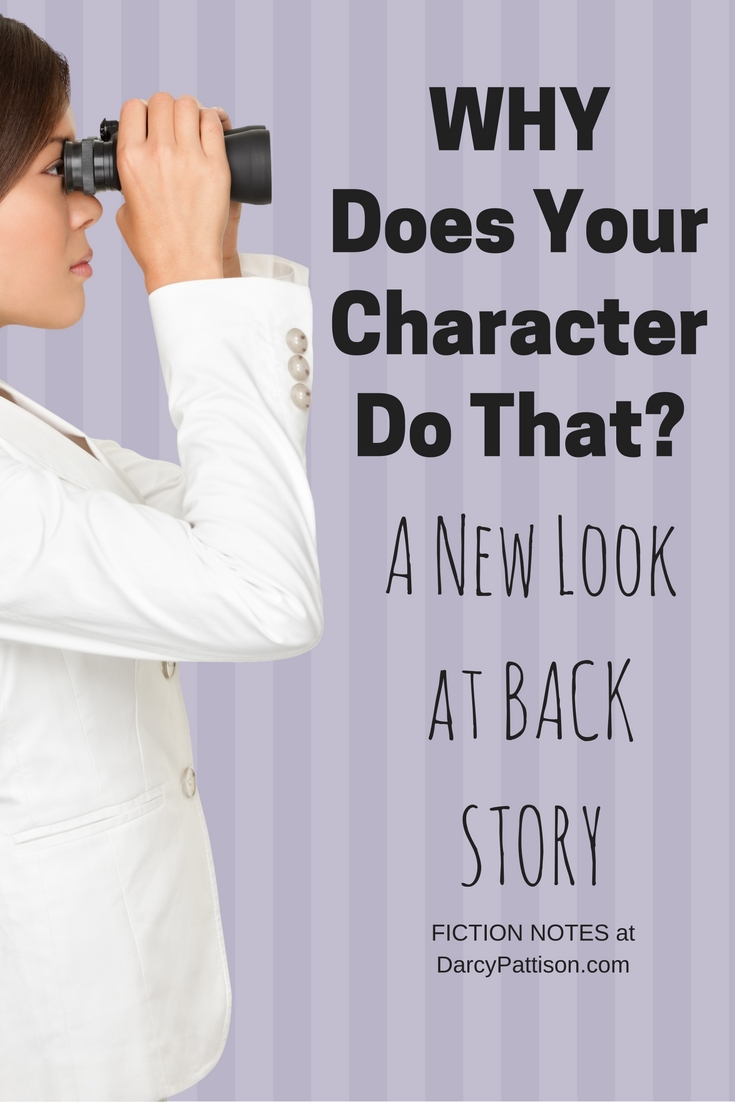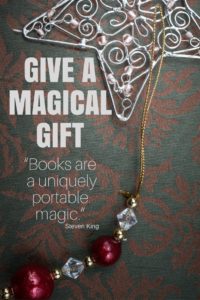I’ve written about backstory, flashbacks and dealing with what happens before the story starts several times before. This fall, however I’m taking a new look at backstory.
Lisa Cron in Story Genius gives the backstory a whole new life. In particular, Cron asks WHY a character is doing something and then looks to something in the character’s history to explain it.
Cron has a long developmental process for creating a character because she believes that the inner conflict is the backbone of a story. If you create a conflicted character, the story will be stronger. Specifically, the conflict is between what a character wants and some misbelief that prevents him/her from getting it. Let me give an example:
Want: A ballerina longs to be the lead dancer.
Misbelief: I’ll never be the lead dancer because my grandmother tried it and failed, so I’m doomed to fail, too.
This would create a character who struggles with hope and self-doubt. Will she sabotage herself? Of course, that’s one reasonable complication you could build into her story. The beauty of this is that you can already see the final scene:
Our ballerina, Kristina, has a chance to dance lead because the lead dancer has the flu. As the only well under-study, it’s her big chance. But self-doubt will lead to something exciting in that performance. We can see the setting (a beautiful theater) and start to decide on where this will take place. We can also anticipate some characters (musicians, other dancers, choreographer, audience) and start to develop relationships for Kristina.
If it’s a love story, the lead male dancer might be her heart-throb. Or perhaps the choreographer or conductor.
If it’s a mystery, what sorts of murders might take place in such a setting?

Backstory: Write the Origin Scene
Cron suggests a couple other useful things. First, she recommends that you write an “origin scene,” that is, the scene where the character first developed the Misbelief. Kristina’s first self-doubt came after her first dance recital. Her grandmother traveled across the country to watch her and something went wrong. At six years old, she forgot the dance steps or maybe she fell. Or her tutu was ripped. Anyway, after the recital, her grandmother launched into a tirade, telling her that she’d never be a good dancer. Grandma had tried it and been successful – up to a point. And her grand-daughter was destined to be just like her. After all, they both had red hair. And. . .well, you get the idea.
The function of the origin scene is establish firmly the Misbelief that will plague the character throughout the story.
Then, Cron suggest that you write three more scenes that develop the Misbelief more. How can the Misbelief escalate, become more entrenched, mean something deeper, or hurt more?
Do these scenes make it into the story? Maybe, maybe not. Perhaps, you use only a snippet from the Misbelief scenes as a memory. Or maybe at the climax, you give the entire origin scene. The point is, though, that you know WHY your character believes this thing and why it’s so deeply entrenched in their psyche. Once you know that, you’ll write a stronger character, even if you never include the scenes in the story.
I thought it was hard to write those 3 Misbelief Scenes. But when I looked over my story, I see that I included snippets of telling backstory scenes. Unfortunately, they didn’t hit bull’s eye as explanations of what the character was feeling. I realized that if I could write the Misbelief Scenes ahead, I’d easily figure out where to include them.
This isn’t something that I’m understanding with great clarity, yet. But Cron’s book is pointing toward a deeper understanding of a character and why s/he does something. It’s a skill that I’d like to deepen in my writing process.

Excellent points explained here, Darcy. I’ve shared it online. I just completed the first part of Story Genius as a class with Lisa Cron and Jennie Nash. It IS an excellent method. But it’s REALLY tough to use for memoir, because everything needs to be true. I can’t wait to try it for my fiction when I can make up what is necessary. All the best to you, Darcy. Have a wondreful holiday season.